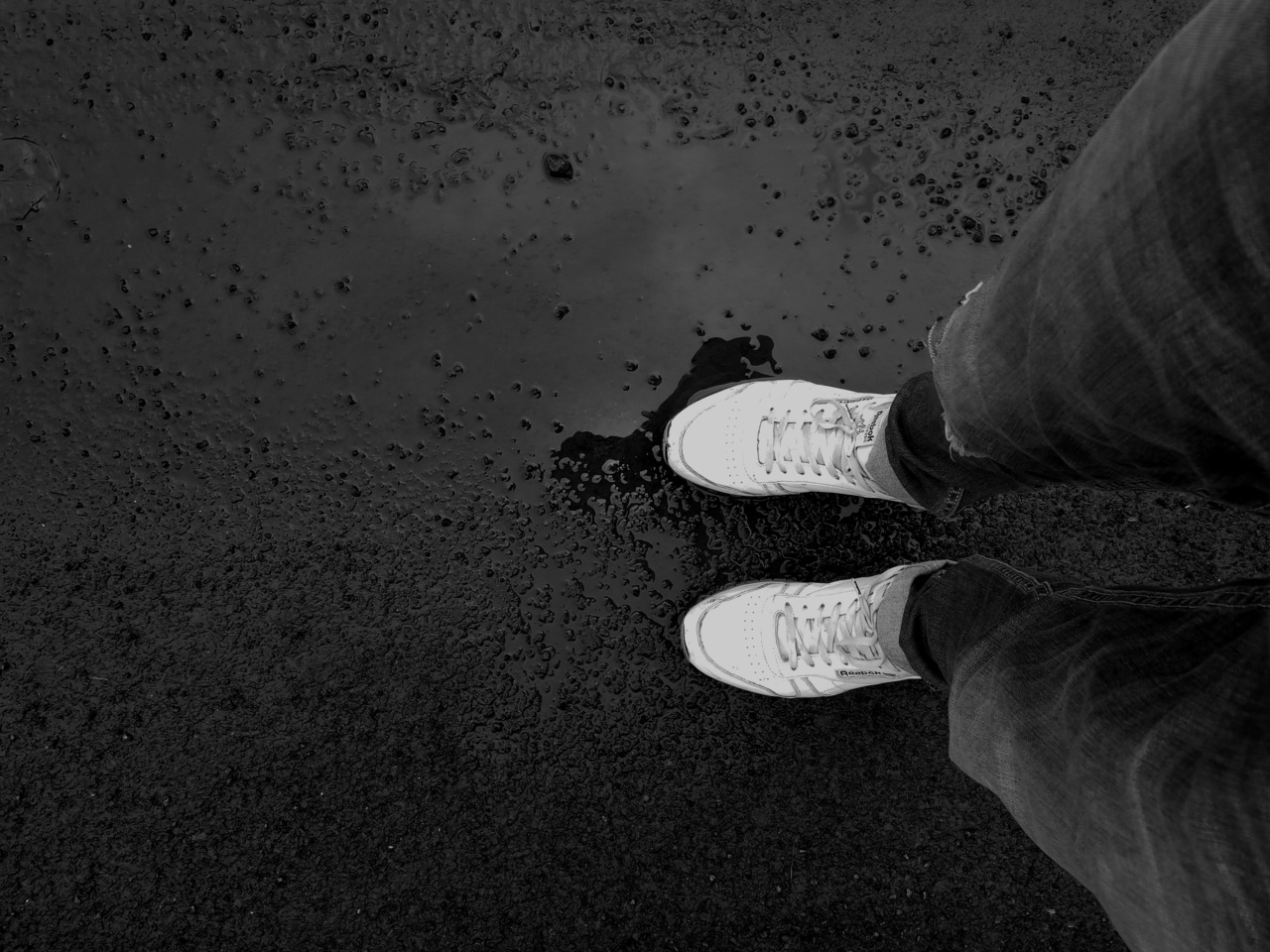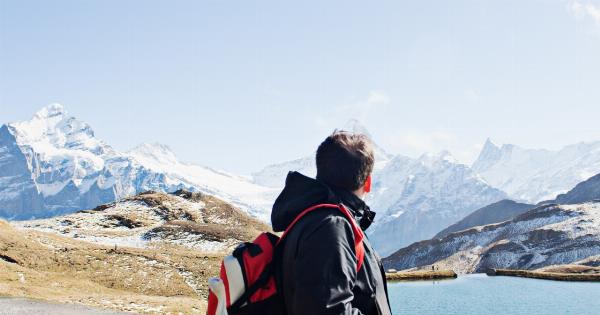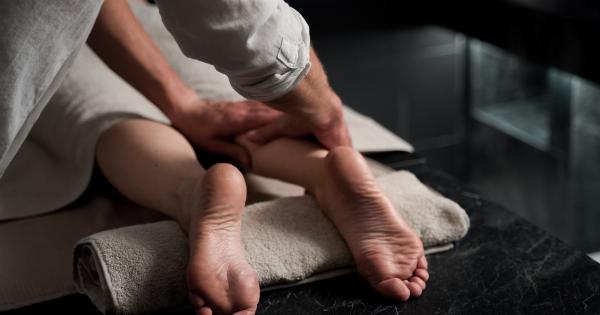When it comes to extreme weather conditions, proper clothing is crucial for protecting ourselves from the elements. In cold temperatures, particularly during winter months or in snowy regions, it is essential to keep our feet warm and dry.
Failure to do so can result in various foot problems, with one of the most dangerous being frostbite. Surprisingly, something as seemingly harmless as wet socks can contribute significantly to the development of frostbite.
In this article, we will explore the relationship between wet socks and frostbite, understanding the mechanisms behind this phenomenon.
Understanding Frostbite
Frostbite is a severe and potentially dangerous condition that occurs when bodily tissues freeze due to exposure to extremely cold temperatures.
The frozen tissues primarily include the skin, but they can also extend deeper to affect muscles, tendons, and even bones. The severity of frostbite can range from mild (first degree) to severe (fourth degree) with varying symptoms and implications.
The Role of Wet Socks
Wet socks play a significant role in increasing the risk of frostbite by reducing the insulation and thermal protection provided by our shoes and boots. Socks are meant to absorb moisture, mainly sweat, to keep our feet dry.
However, when exposed to external moisture, such as rain or snow, socks become soaked, compromising their insulating properties. Wet socks conduct heat away from our feet faster than dry socks, making it more difficult for our bodies to maintain a comfortable temperature in cold conditions.
Effect on Blood Circulation
Wearing wet socks not only reduces thermal insulation but also impairs blood circulation in our feet.
Our bodies have a natural defense mechanism called vasoconstriction, which narrows the blood vessels in cold conditions to redirect blood flow towards vital organs to maintain core temperature. However, when our feet are wet, vasoconstriction can be counterproductive, as it restricts blood flow to the extremities, including the feet. The combination of reduced insulation and poor blood circulation can create a perfect storm for frostbite.
The Freezing Process
As wet socks continue to conduct heat away from our feet, the ongoing exposure to cold temperatures can result in the freezing of tissues. Frostbite typically progresses through several stages:.
Frostnip (First Degree)
The initial stage of frostbite, also known as frostnip, involves skin redness, numbness, and a tingling or prickling sensation. At this point, damage is usually superficial, only affecting the outer layer of the skin.
If addressed promptly and appropriately, the affected areas can recover without long-term consequences.
Superficial Frostbite (Second Degree)
When exposure to cold temperatures persists, frostnip can progress to superficial frostbite. In this stage, the skin becomes pale or bluish, and blisters may form. The affected areas may feel firm or hard to the touch.
Prompt medical attention is necessary to prevent further damage and promote healing.
Severe Frostbite (Third and Fourth Degrees)
If frostbite is left untreated or prolonged, it can lead to severe forms. Third degree frostbite involves the freezing of tissues beneath the skin, affecting muscles, tendons, and blood vessels.
The skin may appear black or deep blue, and the damage is often irreversible, requiring immediate medical intervention. Fourth degree frostbite indicates the freezing of tissues down to the bone. The affected areas may be completely numb and appear black or mummified, necessitating emergency medical treatment.
Prevention and Treatment
Preventing frostbite caused by wet socks can be achieved through some simple measures:.
1. Proper footwear:
Invest in waterproof and breathable footwear to keep moisture out while allowing sweat to evaporate. Choose insulated boots with sufficient room to accommodate thick, dry socks.
2. Quality socks:
Wear moisture-wicking and insulating socks that are specifically designed for cold weather conditions. Avoid cotton socks, as they tend to retain moisture and lose insulating properties when wet.
Wool or synthetic materials, such as polypropylene, are preferable.
3. Layering:
Consider wearing multiple layers of socks to provide extra insulation. Start with a thin, moisture-wicking liner sock followed by a thicker insulating sock. This layering technique helps to trap warmth and create a barrier against moisture.
4. Dry socks:
If your socks become wet, change them as soon as possible. Pack extra pairs of socks when heading out in cold or wet conditions. Being prepared can make a tremendous difference in preventing frostbite.
5. Proper foot care:
Maintain good hygiene by keeping your feet clean and dry. Dry your feet thoroughly after showering or any exposure to moisture. Consider using foot powder or antiperspirants to minimize sweating and moisture accumulation.
6. Monitor your feet:
Regularly check your feet for any signs of frostbite or other foot problems. If you experience prolonged numbness, discoloration, or persistent pain in your feet, seek medical attention immediately.
Conclusion
While the dangers of frostbite are well-known, the connection between wet socks and its development is often underestimated.
By understanding how wet socks reduce insulation, impair blood circulation, and contribute to the freezing process, we can take appropriate measures to prevent frostbite. By investing in quality footwear, wearing moisture-wicking and insulating socks, and promptly changing wet socks, we can ensure the health and well-being of our feet in cold weather conditions.






























